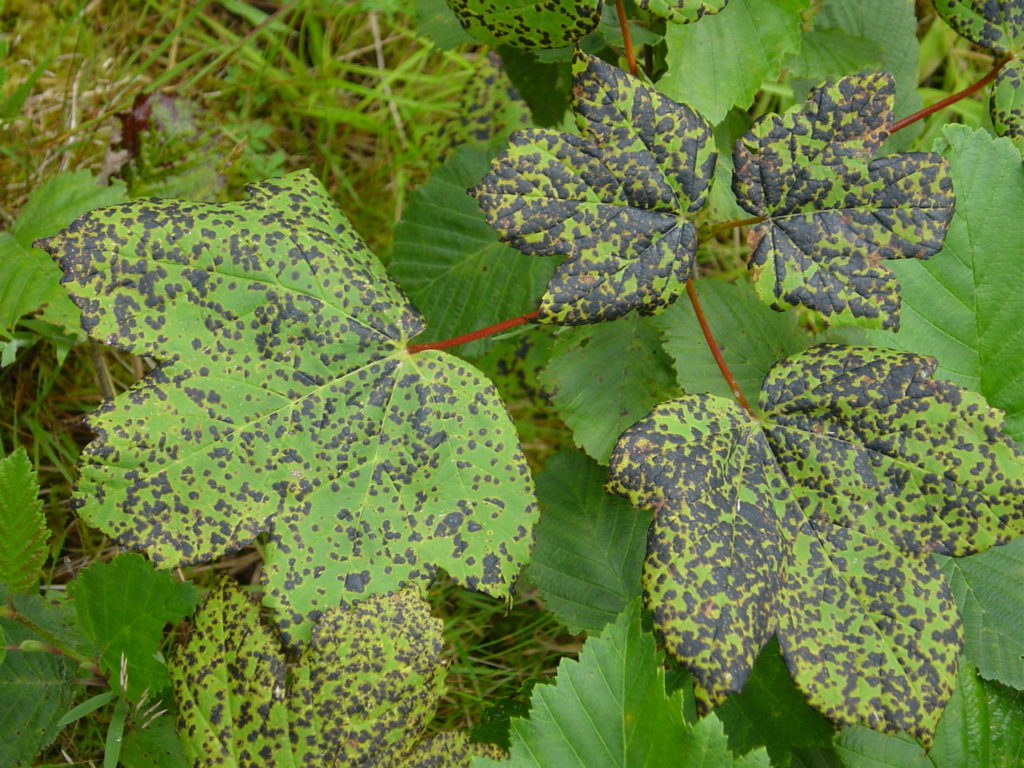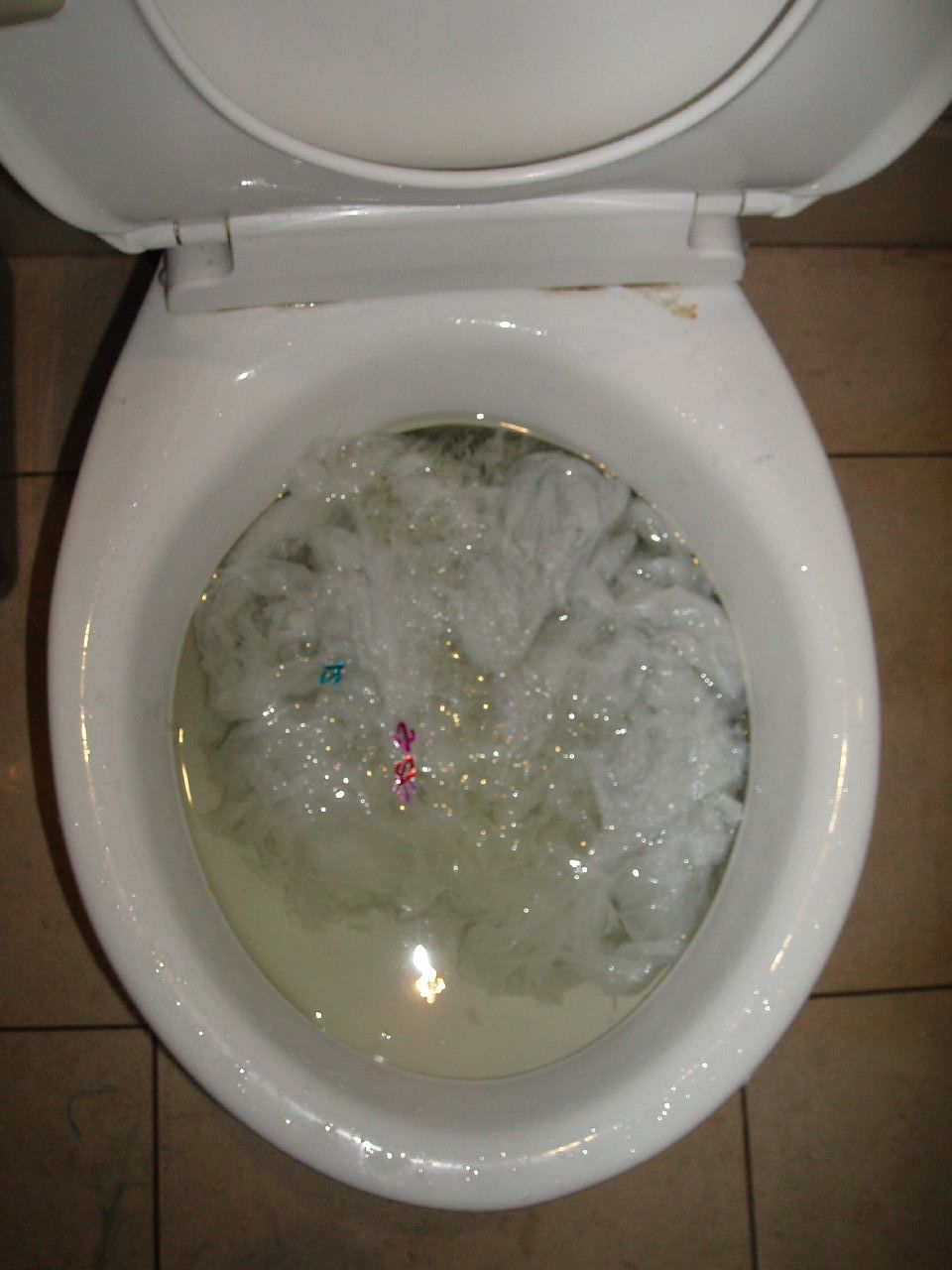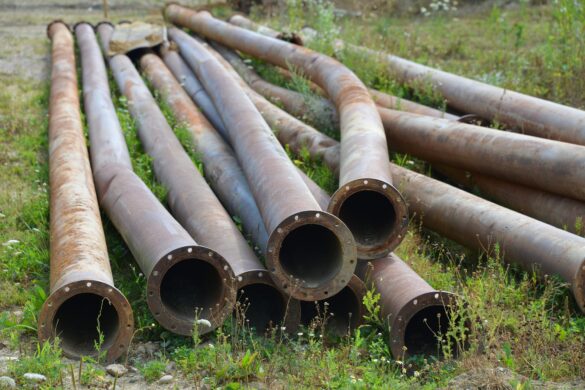
No matter where you live in the world, those of us with established or would-be green-thumbs, would always have plants in our lives. Our plants aren’t just decorations or some kind of ornamental enhancement. The green we have living inside and outside of our homes are living things. There is still much to discover about plants but we know that they are an important part of our living process.
The anthurium crystallinum is native to Central and South America, loved by many for its heart-shaped leaves. The Crystallinum species is a tropical evergreen with foliage that is velvety to the touch. Its leaves can differ in colors, and they usually come in different shades of green or dark purple.
By consuming the carbon dioxide we exhale and omitting oxygen green plants, with the help of photosynthesis, enable us to breathe on this twirling home we call Earth. This is why it’s important to take care of them. Plants are parts of our families, and just like a pet, or a child, we want to make them happy and keep them healthy
Just as any living thing, it’s imperative that we know what signs to look for when trying to identify any illnesses that might hurt our plants. We’ve listed a few of them below and found that irrigation is an important requirement that can be done incorrectly and cause problems.
Diseased plants might require that you cut them down or dig them out. You can dig them out or, if caught early enough, you may be able to cut down the diseased areas with a battery powered trimmer. Whatever your plan of action is, make sure to seal diseased tissue tight and dispose of it correctly. Some of these are contagious and you don’t want to infect all or your foliage.
Botrytis
This fungus will show up on the leaves of your plants as a white growth but that doesn’t last long. The white will turn to a smoky gray that appears as dust because of the way the spores from the Botrytis floats in the air. This spore release can occur particularly in greenhouses and are typically located on the seed’s outer shell.
Signs
● Sclerotia; dark brown that almost resembles black celled structures
● Chlamydospores; single-celled, thick, dark walled spores.
● Tissue that looks/feels wounded
● Flowers that fade in color
● Broken stems
Food is an important trigger for Botrytis to infect a plant. With the right nutrients the fungus grows aggressive and attacks healthy tissue. Botrytis also loves humidity to be on the high side.
Cylindrocladium
This is another fungus and the types of plants they like to infect the most are woody ornamental shrubs like the ones you might have in your front yard as well as palms, asparagus ferns, and other foliage plants. You might find your plants wilting or showing signs of stem canker. The symptoms are not the same and rely on the host plant and the species of Cylindrocladium.
Signs
Symptoms may differ from plant to plant, so if you are growing azaleas, rhododendrons, white pine, holly, ferns, or peace lilies then keep your eyes open for the following inflictions.
● Root tissues that are discolored that comes up about an inch from the soil
● Canker sores on the roots, stems, or petiole, which is the spot where the leaf stem meets the stalk.
● Chlorotic leaves, a condition where foliage doesn’t produce enough chlorophyll.
● A light green halo on leaves that fall off easily.
● Dark spots that have a yellow halo around them are sunken in.
● Wilting leaves.
Angular Leaf Spot
This disease is bacterial in nature and particularly affect plants that fall into the cucumber family. When a cucumber plant is infected by Angular Leaf Spot then you’ll find the yield to be reduced
No matter where you live in the world, those of us with established or would-be green-thumbs, would always have plants in our lives. Our plants aren’t just decorations or some kind of ornamental enhancement. The green we have living inside and outside of our homes are living things. There is still much to discover about plants but we know that they are an important part of our living process.
By consuming the carbon dioxide we exhale and omitting oxygen green plants, with the help of photosynthesis, enable us to breathe on this twirling home we call Earth. This is why it’s important to take care of them. Plants are parts of our families, and just like a pet, or a child, we want to make them happy and keep them healthy
Just as any living thing, it’s imperative that we know what signs to look for when trying to identify any illnesses that might hurt our plants. We’ve listed a few of them below and found that irrigation is an important requirement that can be done incorrectly and cause problems.
Diseased plants might require that you cut them down or dig them out. You can dig them out or, if caught early enough, you may be able to cut down the diseased areas with a battery powered trimmer. Whatever your plan of action is, make sure to seal diseased tissue tight and dispose of it correctly. Some of these are contagious and you don’t want to infect all or your foliage.
Botrytis
This fungus will show up on the leaves of your plants as a white growth but that doesn’t last long. The white will turn to a smoky gray that appears as dust because of the way the spores from the Botrytis floats in the air. This spore release can occur particularly in greenhouses and are typically located on the seed’s outer shell.
Signs
● Sclerotia; dark brown that almost resembles black celled structures
● Chlamydospores; single-celled, thick, dark walled spores.
● Tissue that looks/feels wounded
● Flowers that fade in color
● Broken stems
Food is an important trigger for Botrytis to infect a plant. With the right nutrients the fungus grows aggressive and attacks healthy tissue. Botrytis also loves humidity to be on the high side.
Cylindrocladium
This is another fungus and the types of plants they like to infect the most are woody ornamental shrubs like the ones you might have in your front yard as well as palms, asparagus ferns, and other foliage plants. You might find your plants wilting or showing signs of stem canker. The symptoms are not the same and rely on the host plant and the species of Cylindrocladium.
Signs
Symptoms may differ from plant to plant, so if you are growing azaleas, rhododendrons, white pine, holly, ferns, or peace lilies then keep your eyes open for the following inflictions.
● Root tissues that are discolored that comes up about an inch from the soil
● Canker sores on the roots, stems, or petiole, which is the spot where the leaf stem meets the stalk.
● Chlorotic leaves, a condition where foliage doesn’t produce enough chlorophyll.
● A light green halo on leaves that fall off easily.
● Dark spots that have a yellow halo around them are sunken in.
● Wilting leaves.
Angular Leaf Spot
This disease is bacterial in nature and particularly affect plants that fall into the cucumber family. When a cucumber plant is infected by Angular Leaf Spot then you’ll find the yield to be reduced, and the fruit that is produced to be lacking in quality. Angular Leaf Spot begins to appear typically after rain with warm weather. You can combat it by keeping the plants dry.
Signs
● Water logged areas of the plant that later dry will turn tan or gray in color.
● Spots may appear on leaves.
● Yellow halos may appear around infected areas.
● Left untreated, the spots will fall out and holes will begin to appear.
● The spots appear angular and develop in between the leaf’s veins.
● The cucumber fruit may begin to show lesions that are water-soaked spots.
● When the spots dry them can become cracked and chalky in texture.
Mealybugs
This little insects are quite common and like to group up in leaf axils or sheaths. They huddle together between stems that twine around each other and they also like to hang out underneath your loose bark. Glasshouse mealybugs like to hide from you and they also love to drink the sap from your plants.
When the suck that sap they start to create honeydew, which are sugars excreted from their bodies. When the honeydew sticks to your plants molds will be attracted to it and that will make your plants appear black.
Signs
● Fluffy white wax on the top of leaves where their stem meets the root or other places on your plants that are sheltered.
● Orange-pink eggs underneath the fluffy white wax.
● Honeydew accumulation is apparent when your plants become sticky and sooty molds begin to grow, which will make stems and leaves look blackened.
● Stunted growth
● Premature falling leaves
Conclusion
These are just a few of the many diseases that can infect your house plants as well as the vegetation you grow in your yard, garden, or greenhouse. It is best to keep an eye on your plants and take action at the first sign of infection. Besides trimming diseased areas and/or ridding the house/garden/greenhouse of the infected plant completely and properly disposing of the dead tissue, you can investigate chemical solutions but that should be a last resort, especially if you are trying to maintain a chemical-free garden.








